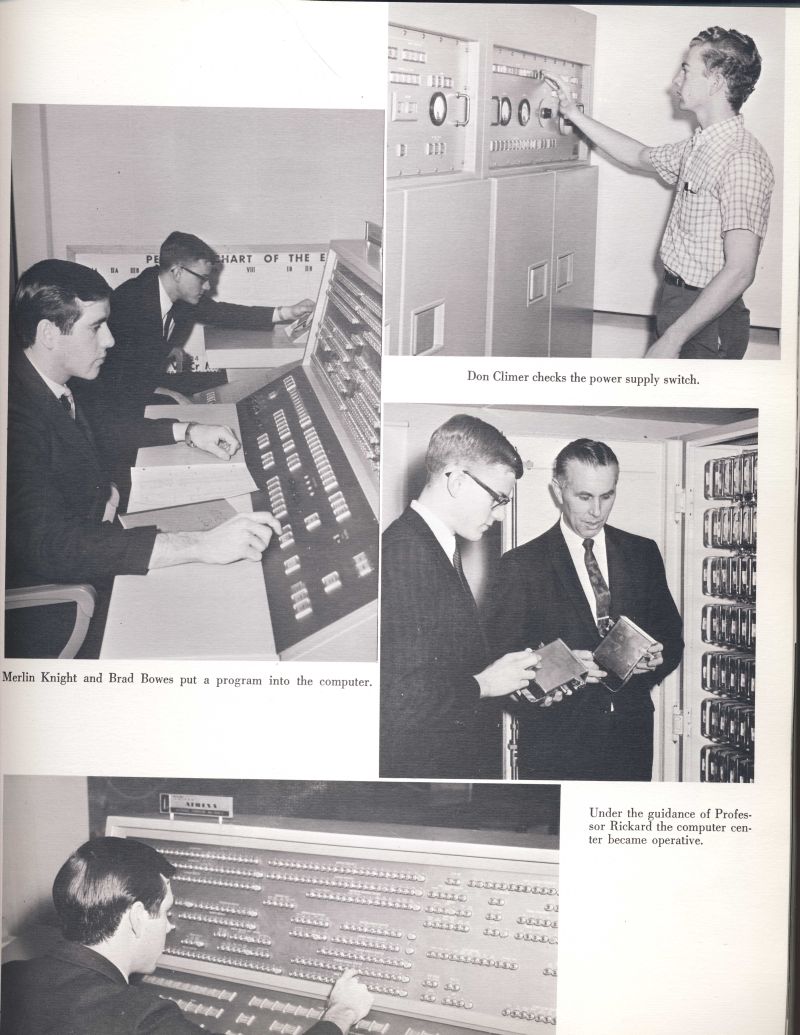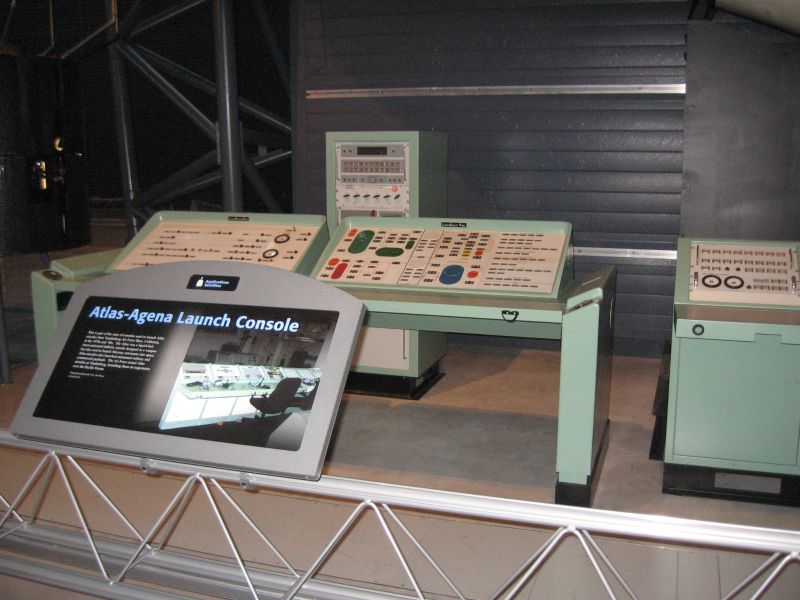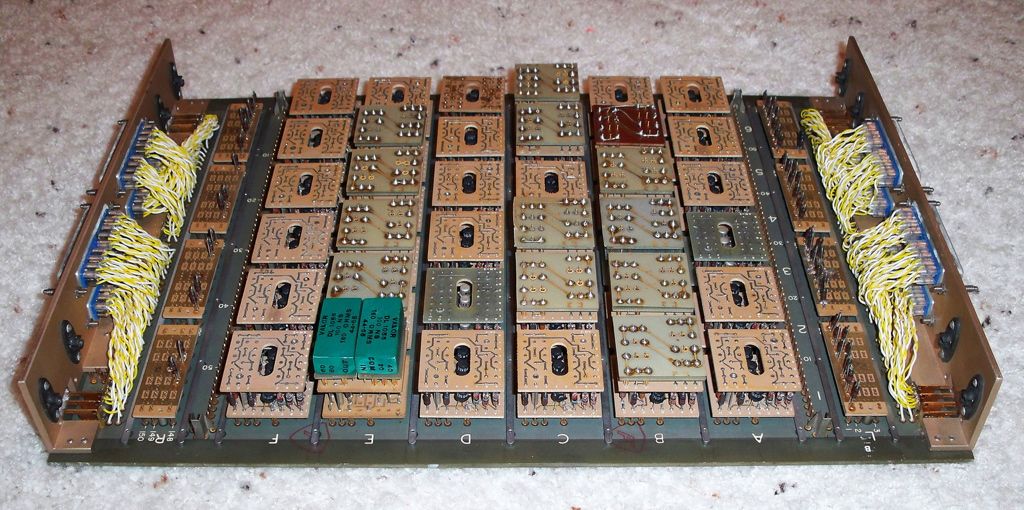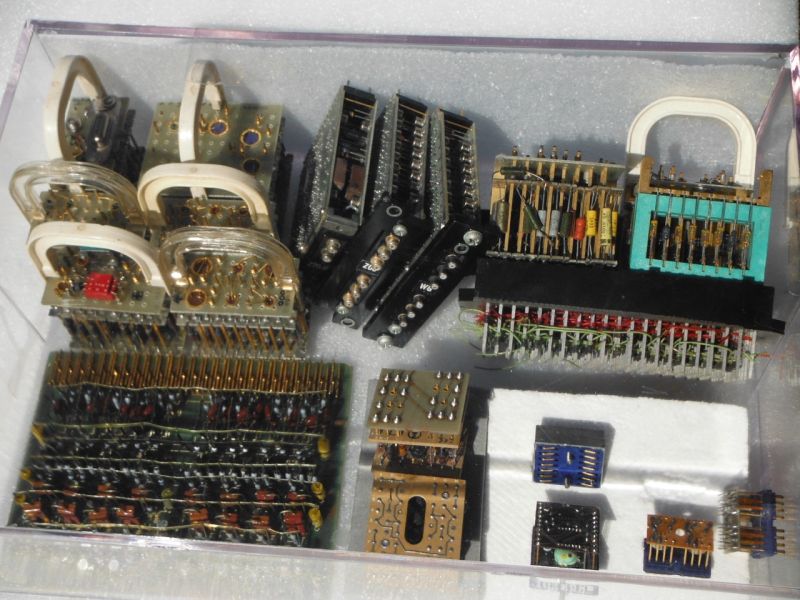My Memories of the Athena
by Dale Dewey, 20 Sep 2007:
Wandering back in time to 1967, there
were a few senior electrical engineers who had focused on digital
electronics (aka computer science) rather than the popular
analog/radio/material electronics that was main stream for the day.
We were small in number. Who knew then that we were on the verge of a
great digital revolution in our careers? Ah well, these seniors
needed a project and it seems that the Carnegie Institute of
Technology (CIT, not CMU until 1968) had just been given a computer
by the USAF. My first memory of the computer was moving the MG set
from the delivery truck into the lab.
We had to load it on the freight
elevator to get from dock to lab. Being seniors, we were foolish and
did not pay any attention to the load capacity of the little
elevator. The MG set was half way onto the elevator and it started to
fall. Fortunately, it stopped after dropping about 4 inches. We then
blocked up the end on the elevator (making it level with the floor)
so we could finish loading the generator (more ignorance). One of us
rode the elevator down three floors to the lab. Fortunately, it
stopped level with the floor and we quickly unloaded the MG set. From
notes here, the thing weighed in at 2+ tons. Can you say large SUV?
We got lucky but then luck was always on our side as we continued to
put the Athena back together for the first time.
When we started work on our senior
project, you could tell that the thing had been in storage for a long
time. As seen in some of the pictures, there was dust everywhere. The
raised floor was assembled, all of the cabinets were placed on the
floor and there were piles of cables and many volumes of manuals and
documentation. As a team, we spent a lot of time organizing the
manuals. Fortunately, the USAF always numbered everything with
sequence numbers. I am not sure we knew what every volume was but
once we found the index volume, we could find anything. There were
hardware manuals and software manuals. My job was hardware. Get the
thing running. When the computer was removed from the silo, all of
the power cables in the cabinets were cut with bolt cutters (they
were attached with robust screws to large buss strips). Fortunately,
the data cables uncoupled from the cabinets quickly.
I started sorting out the power cable
connections and removing the old screw terminal connectors. We needed
to get new terminals and new connections to the power cables. Each
wire was labeled and there was a manual with a wiring diagram. This
wiring task took about two weeks to complete. Another job was getting
the MG set running. It required 440VAC, 60Hz, 3 phase. The only power
we had available without going into the distribution cage was 208VAC,
60Hz, 3 phase. Enter our course on “Electro-mechanical energy
converters”. Who knew that we could get a quick, practical
application of one of our undergrad courses? Using a large number of
1:1 isolation transformers mounted on wheels, we patched together
enough transformers to give us the required voltage.
When we felt all the cables were
properly connected, we threw the breakers with a broom stick and “POW
!@#$%”. The entire lab went black. It seems that we missed one of
the dot markers on the transformers and effectively created a grand
phase short, embarrassing but quickly fixed. We replaced all the
fuses and tried again. The lights dimmed but at least we had 440.
Learning our lesson, we were now more cautious and created test plans
for the MG sets. There were actually two sets, one primary and one
backup. We tested each and switched loads back and forth. The MG
control cabinets were very large by their own right. These were
actually very sophisticated MGs. The frequency could be adjusted.
Notice the reed meter in the photograph. There was also a voltage
stager. All power supplies had to be brought up in proper order so as
to bias the transistor circuits properly. If this was not done, the
transistors would be fried.
We probably spent a month going through
a number of power up and power down sequences manually. We were very
cautious and learning all the time. Finally, the big day came when we
felt confident that we could let the whole thing go automatic. The
MGs came on line, they were up to speed, frequency and voltage were
spot on, the sequencer was staging and the power to the cabinets was
coming on line, celebration with another Coke. Then the console lit
up and we really felt great.
It had been a long night. It was time
to shut down and get some sleep. Wait, what is this thing called
“Battle Lock”? It was apparent that the computer was delivered
with a full load of software. When the system started, we essentially
did a cold boot and the program on the drum started running. Now we
knew why the console fired up. There was no way of shutting down the
power sequencer. Remember that it needed to start up in proper
sequence? Well it also had to shut down in reverse order. We could
not even shut it down manually. Pull the domestic power? Not on your
life! Can you imagine the arc you might get under full load?
This is when we kick into emergency
mode. Where is that manual with the index? Look for “Battle Lock”
and find out what is wrong. “Battle Lock” – A bird in the air!
Yea, right, we just launched a Titan? Now how in the world would this
thing think a bird was in the air? More digging into the wiring
diagrams and we quickly found that there was something missing. The
feed from the ground tracking radar was missing. The programmed
assumption was that it was destroyed and the bird must be maintained
regardless!
Where was that data input cable anyway?
Oh ya, it was under the floor next to the cabinet against the wall
with all external interface buffers. There was only one way in,
crawl! One of the guys grabbed my ankles and in I went. After about
fifteen minutes, I found the connector in a bunch of cables and
quickly applied a short to two pins. The radar was back on line,
there was no telemetry, no bird in the air, no battle; reset the
“Battle Lock”. At last, we could now shut things down in an
orderly manner.
Now that we had control of the
hardware, it was time for the software guys to move in. They played
with the registers, wrote simple addition and multiplication
routines, played around with the lights on the console and generally
had a ball. It was now getting to the end of our year and exams were
at hand. Work on the Athena stopped for the summer and my guess is
that it started up again in 1968. I had lost track of the project at
that time and was now off to cleaning up some courses and getting to
work (and money) and Eastman Kodak Company. While that is another
story of 38 years of experience, I still remember the long days and
nights with good friends.
Here are some of the more hardware
techie things I remember about the machine:
-
The CPU clock was variable speed –
this was important as a teaching and programming tool. You could
really slow the clock down so you could see your program execute on
the console. You could see the address register, command register,
accumulator, etc. Binary number system kicks in. Shift Right 1, add
AC1 to AC2, rotate. Wow, how simple and complex it was then.
Remember, you had to key the program into the registers, one bit at
a time; much like loading the bootstrap loader on a PDP. At Kodak,
we would have races to see who could key the bootstrap loader the
fastest. That is another story.
-
There was a flight simulator
occupying a full cabinet– with this, you could test your programs
against a set of hardwired data sets. These were used to simulate
the data from the ground radar. Not of much use as a general purpose
computer but did allow us to demonstrate that Athena was
operational.
-
The drum memory was a head per
track technology. No flying heads yet.
-
The logic cans were under two
atmospheres of Argon. This was a way of “hardening” the delicate
electronics against radiation.
-
The whole thing had one weakness.
It was fully dependent on domestic power (440VAC, 60Hz, 3 phase).
Kill the domestic power feed and everything stopped. Fortunately,
the MG sets had enough momentum to allow the computer to shut down.
That big control panel maintained frequency and voltage as the motor
speed decreased. Remember, I said it was complex.
-
So why 420Hz? Well, it was USAF.
The real reason was weight and size. A 420Hz transformer is much
smaller than a 60Hz transformer. The Athena was loaded with
transformers in power supplies and interface circuits. Those
transistor cans were very delicate and transformers provided a good
isolation solution.
I probably could
remember more if I got my hands on the Athena again. There is
probably no chance that we will ever see this glorious machine ever
light up again; so basic and yet so elegant. I wonder how many EEs
today would actually be able to sit down and program at the
instruction level? What a challenge we had and fun too.
|

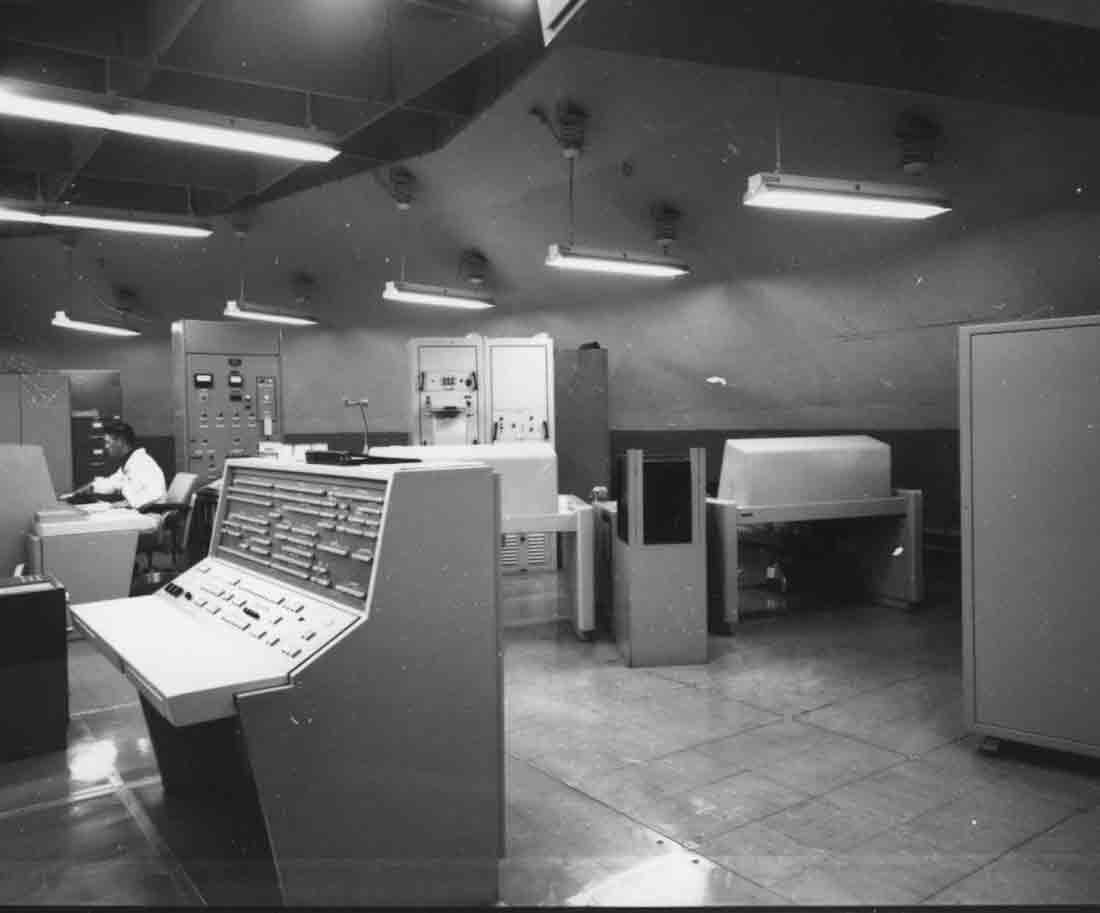
 loyola.edu
loyola.edu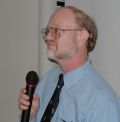
 Read
Read 
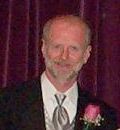

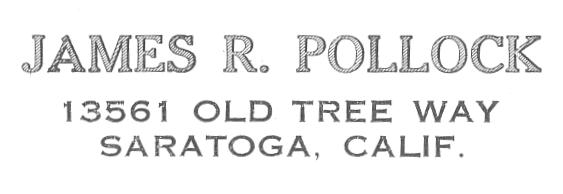


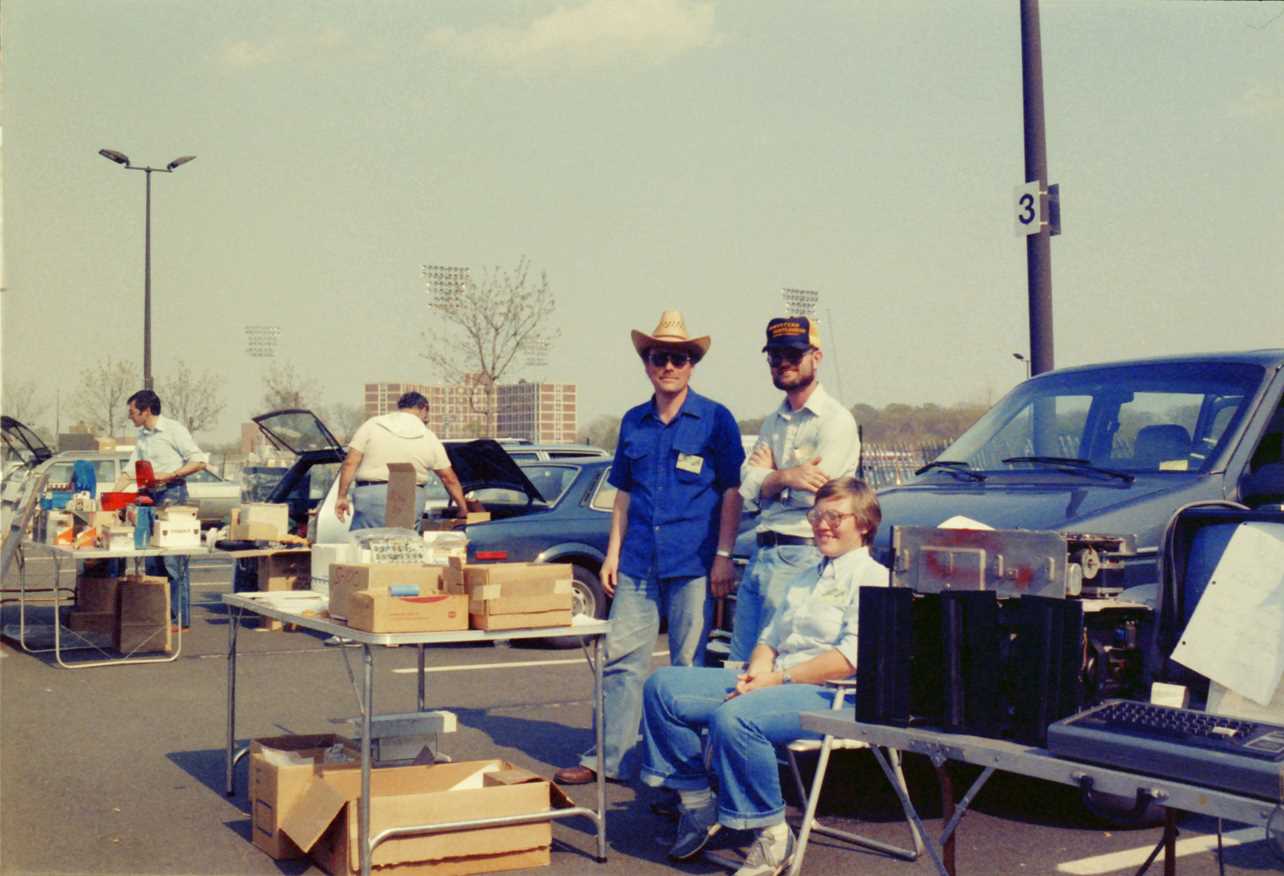
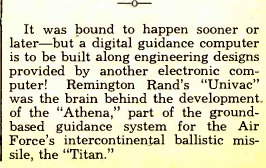
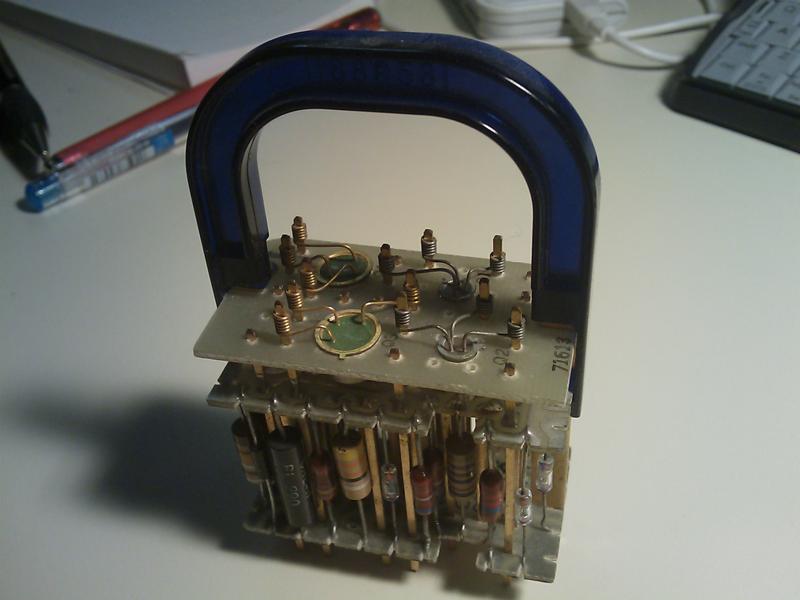

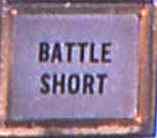
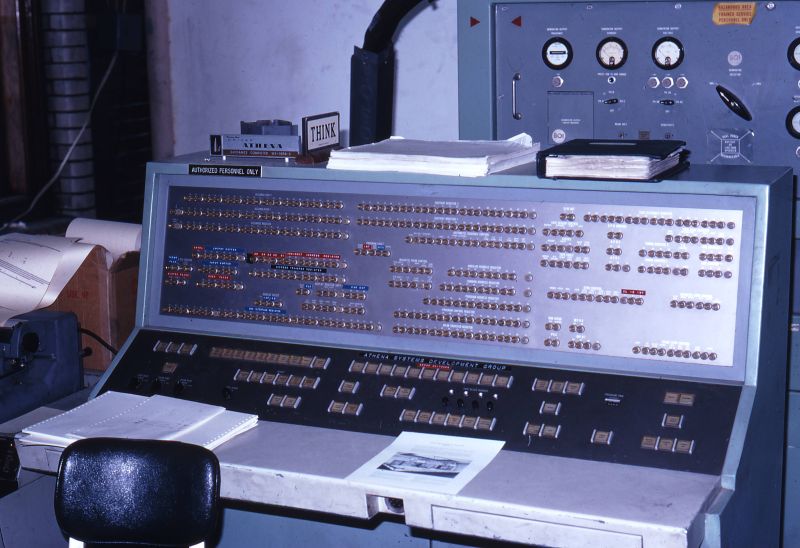
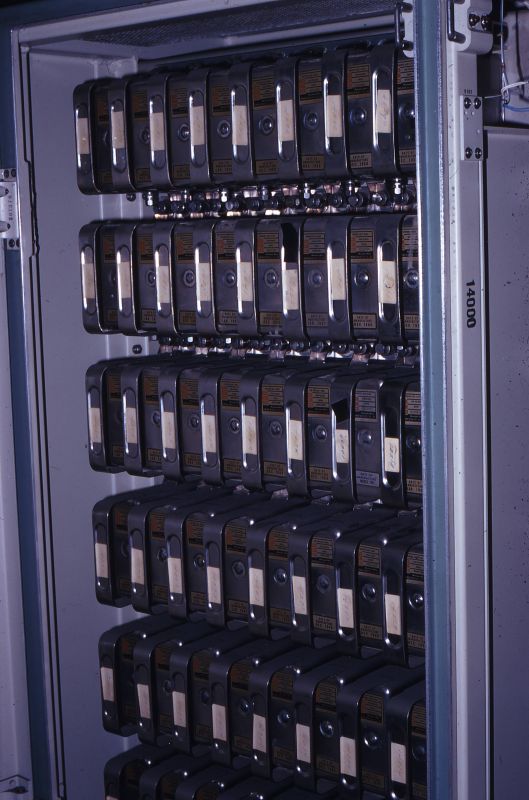
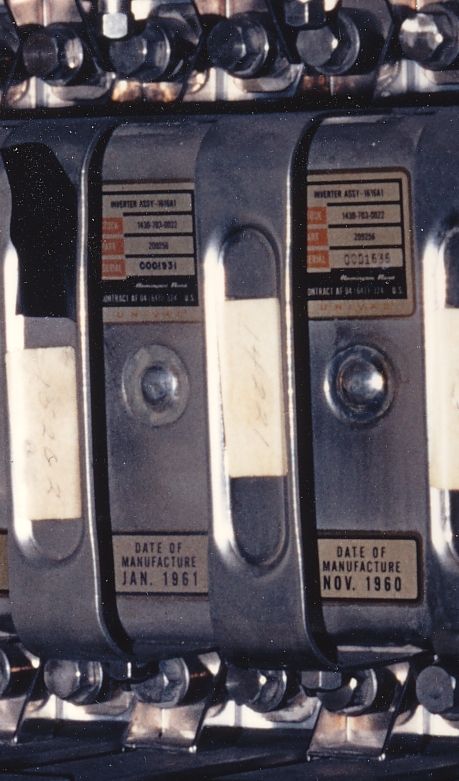
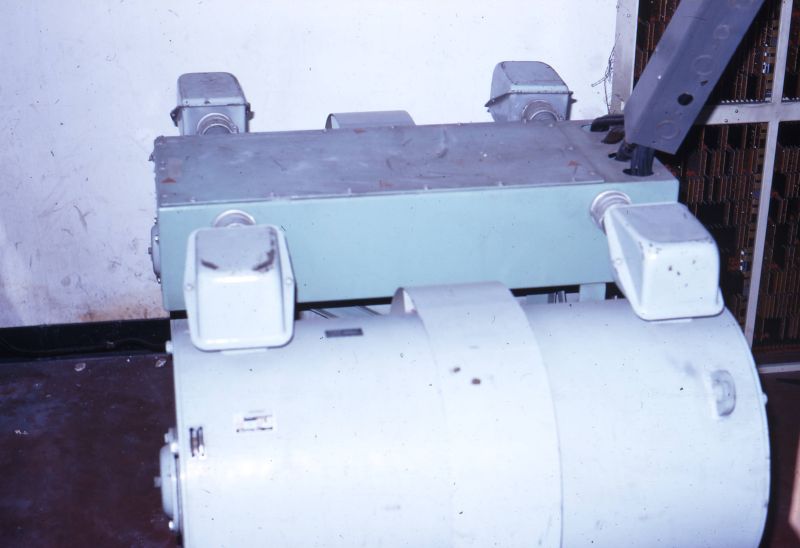
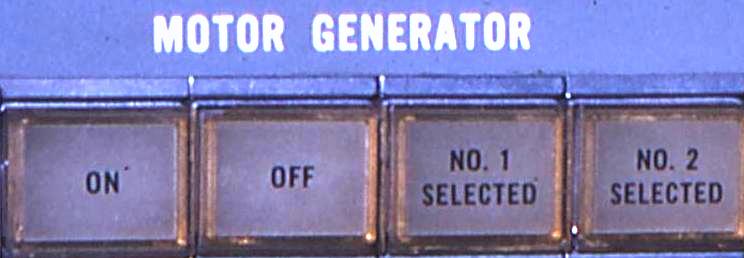
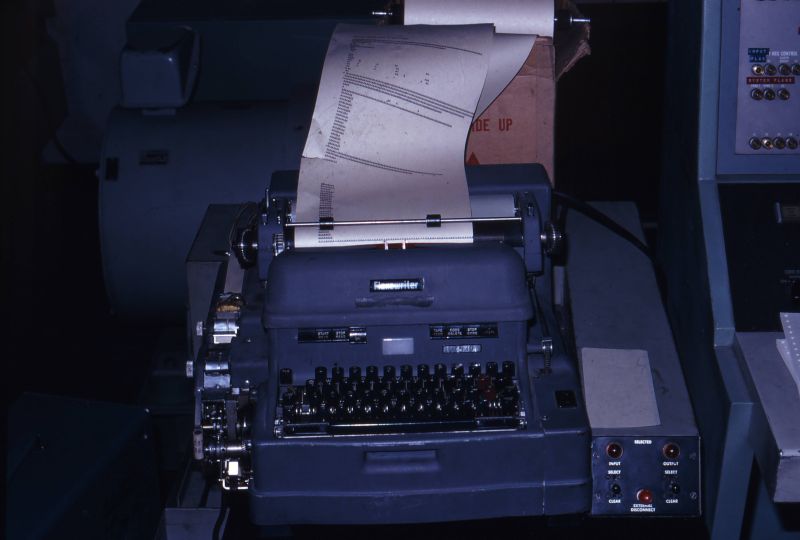
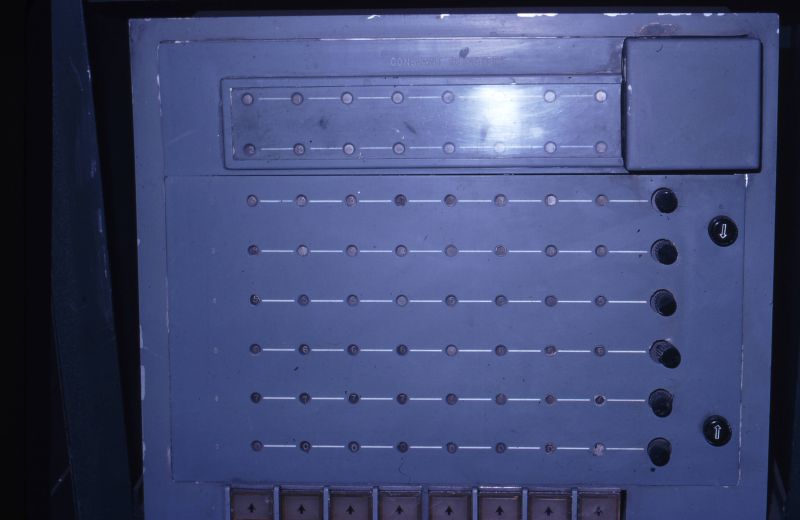

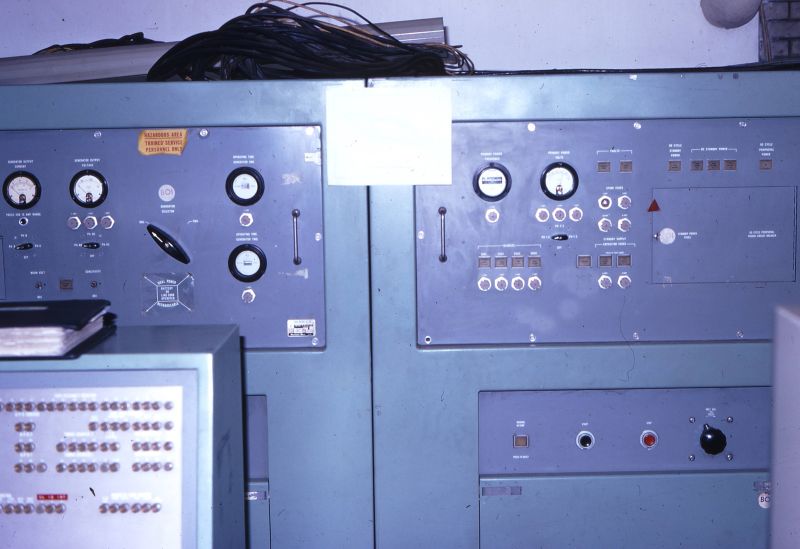
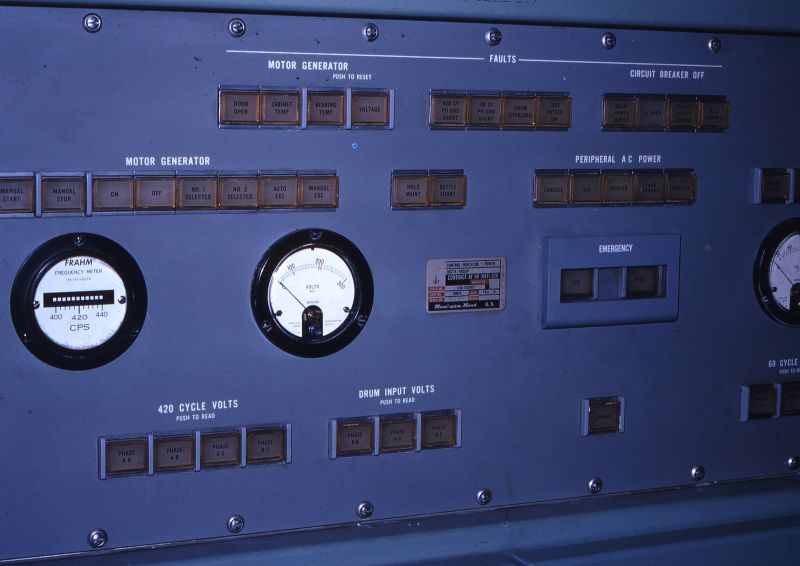

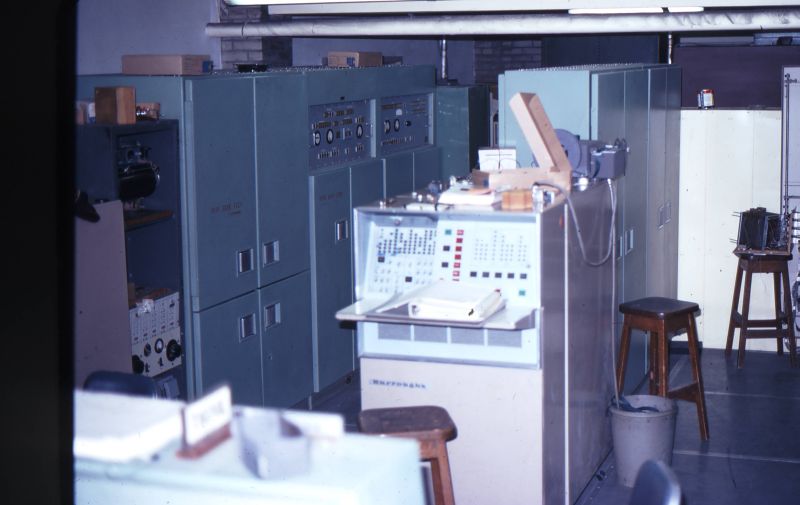

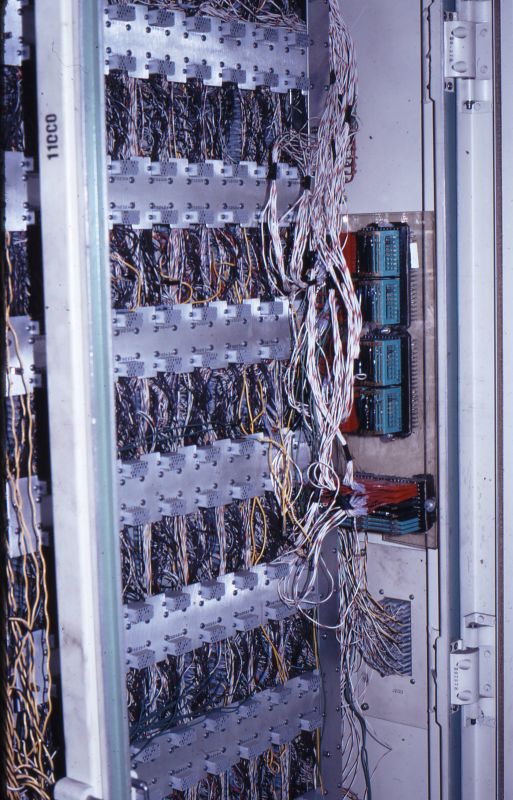

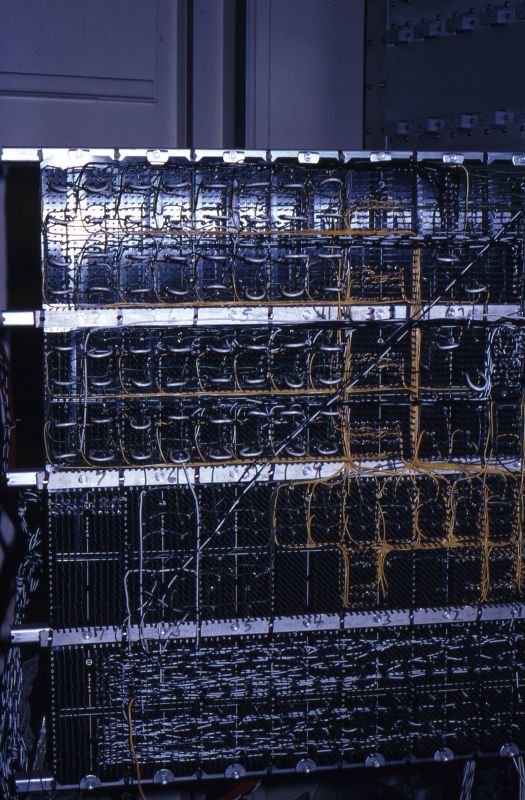

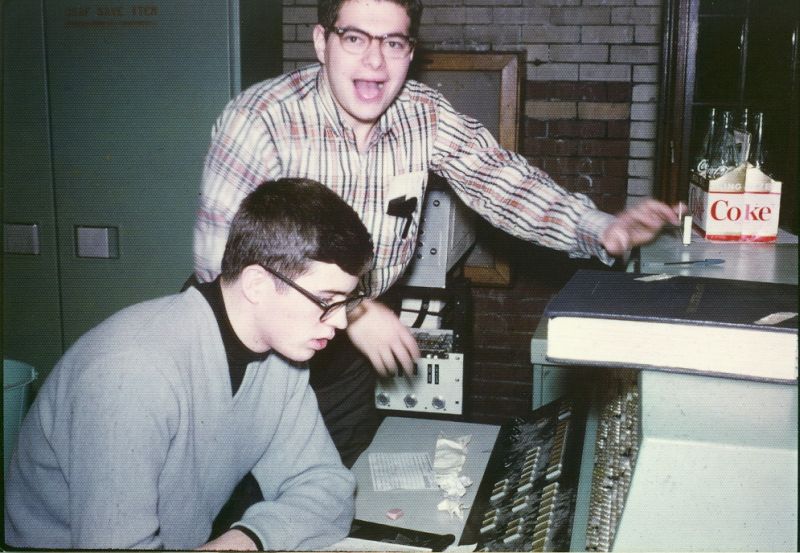
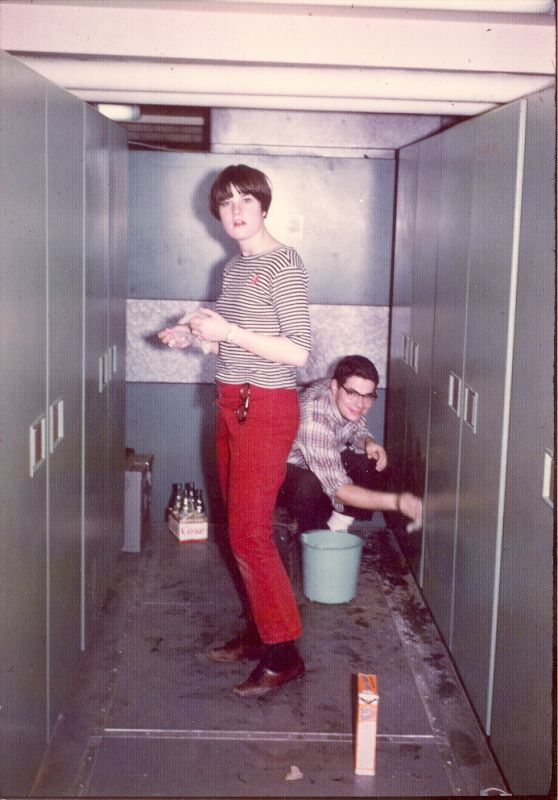

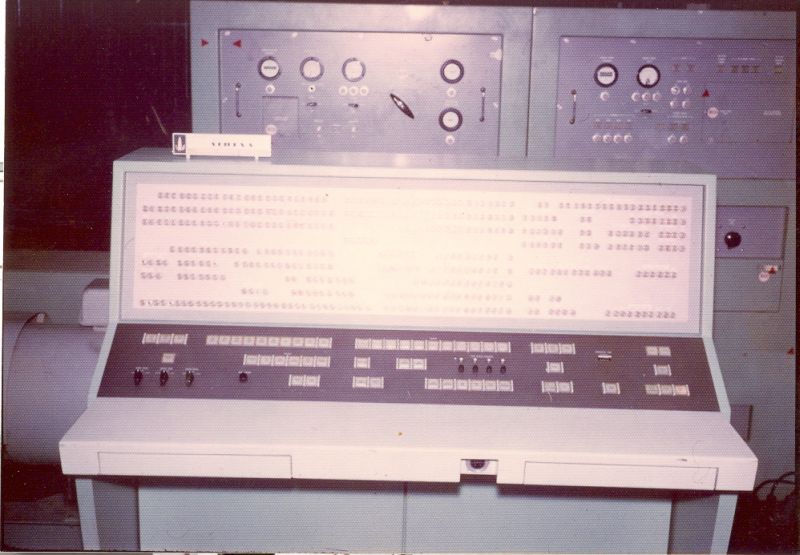
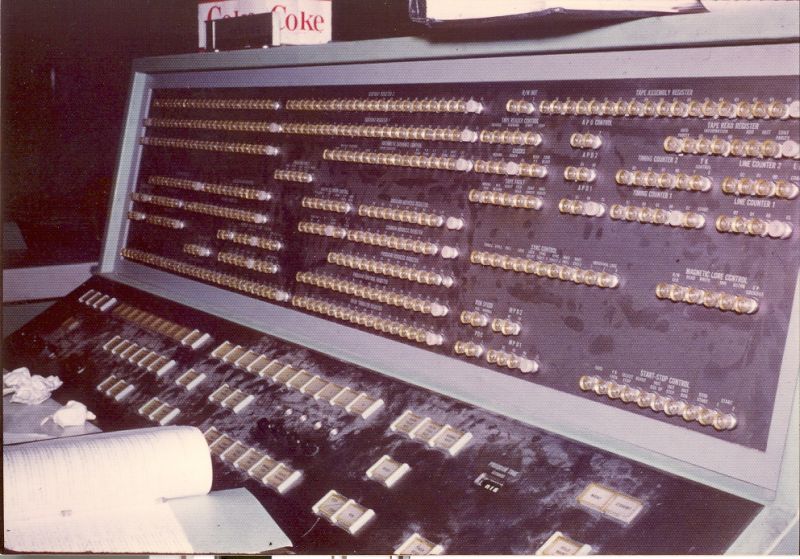
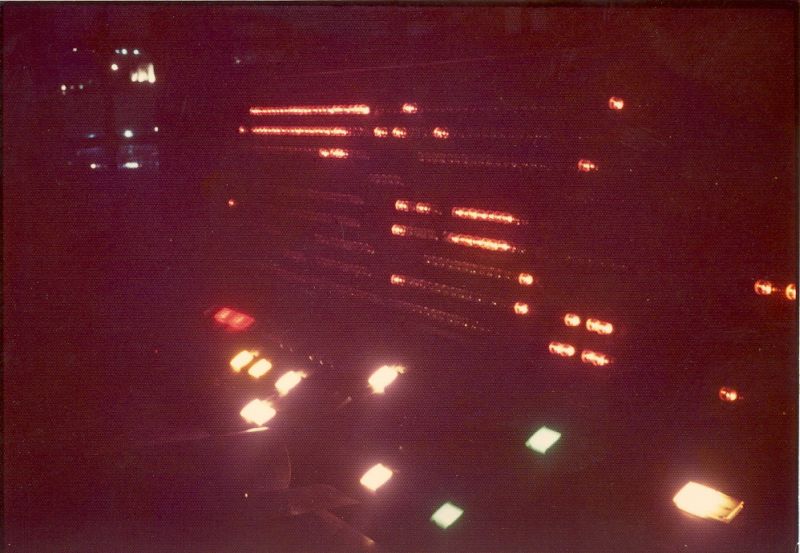
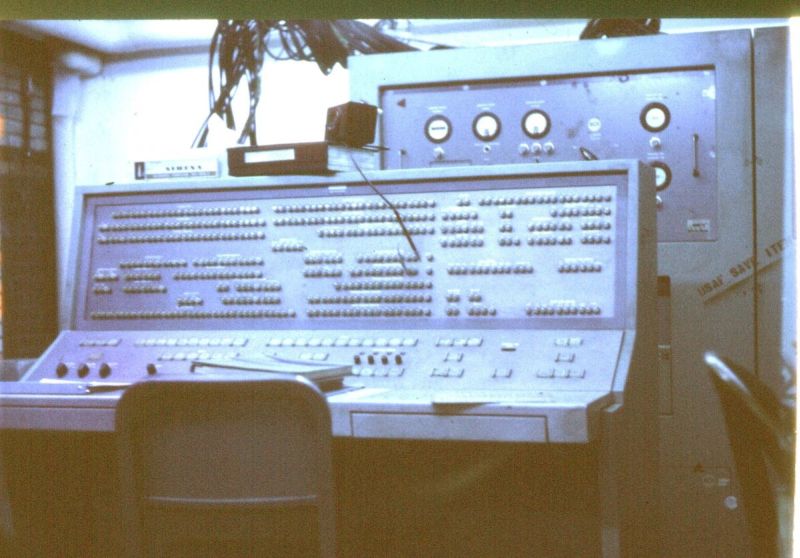
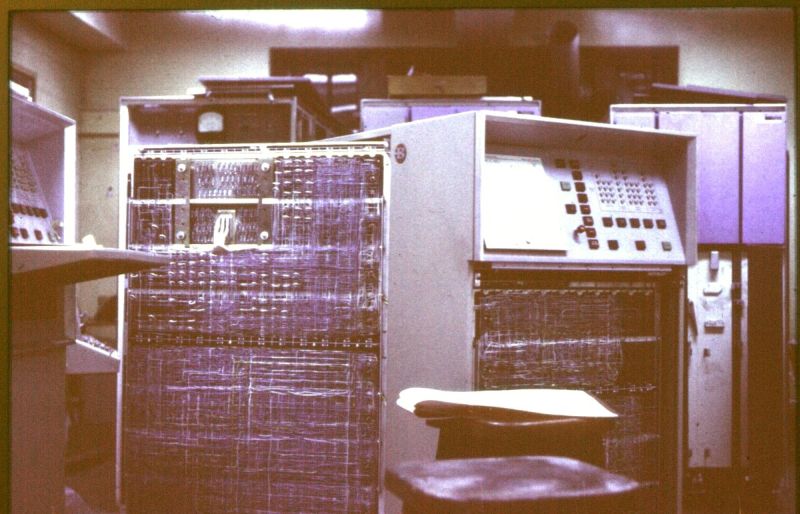

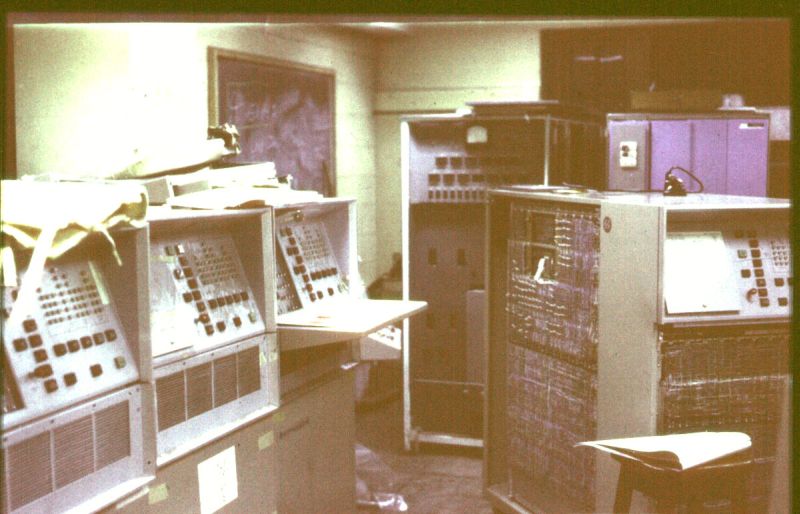

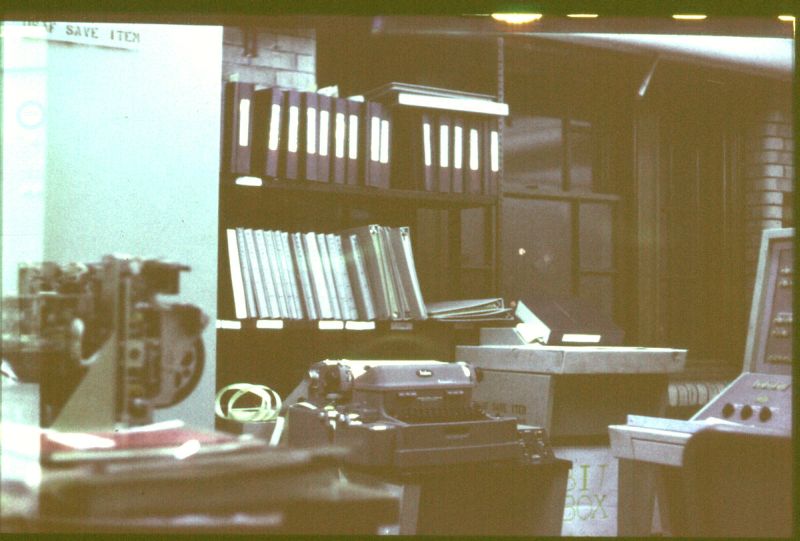
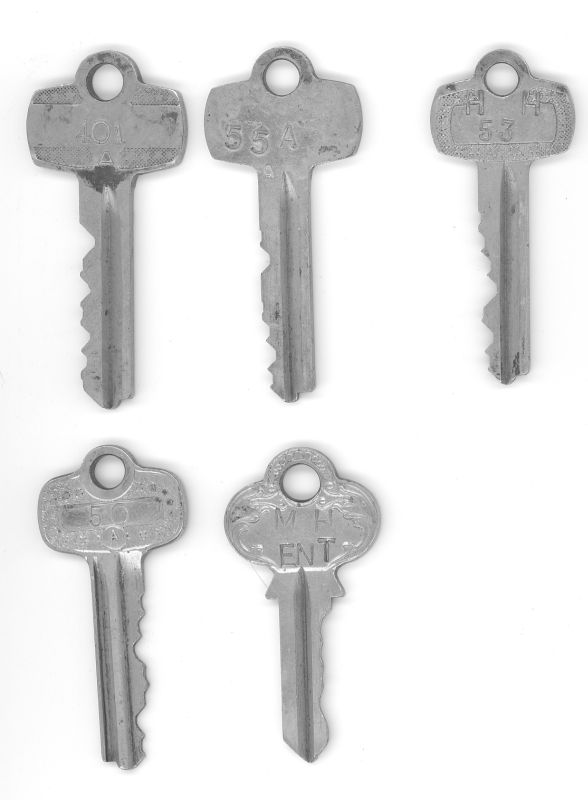
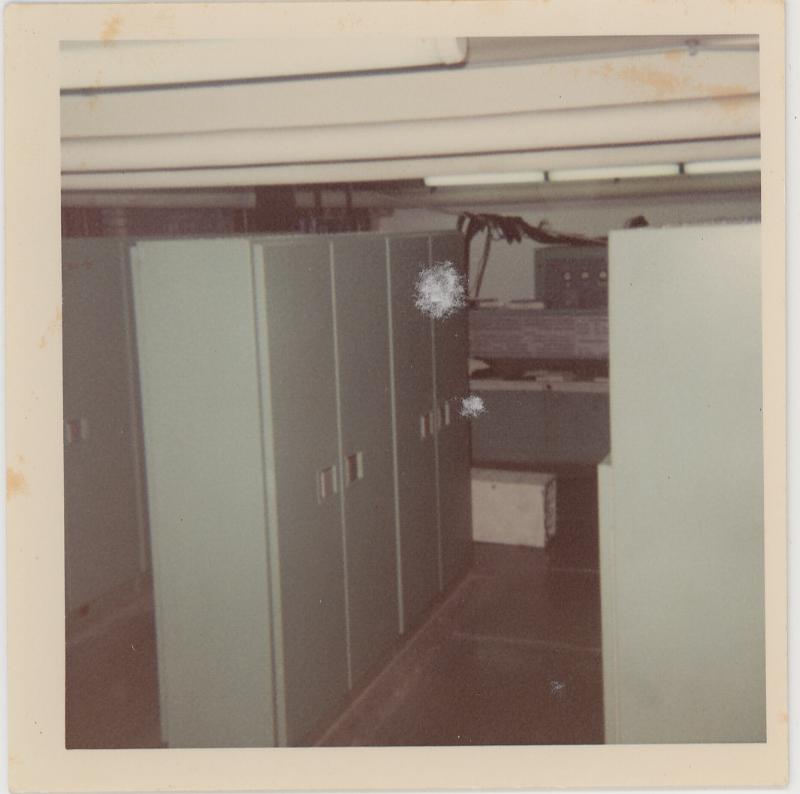

 For
Sale ad in the 17 Jun 1973 issue of the Express and News, San Antonio,
TX. Placed by Southwest Texas State University. An Athena is up for bid.
For
Sale ad in the 17 Jun 1973 issue of the Express and News, San Antonio,
TX. Placed by Southwest Texas State University. An Athena is up for bid.